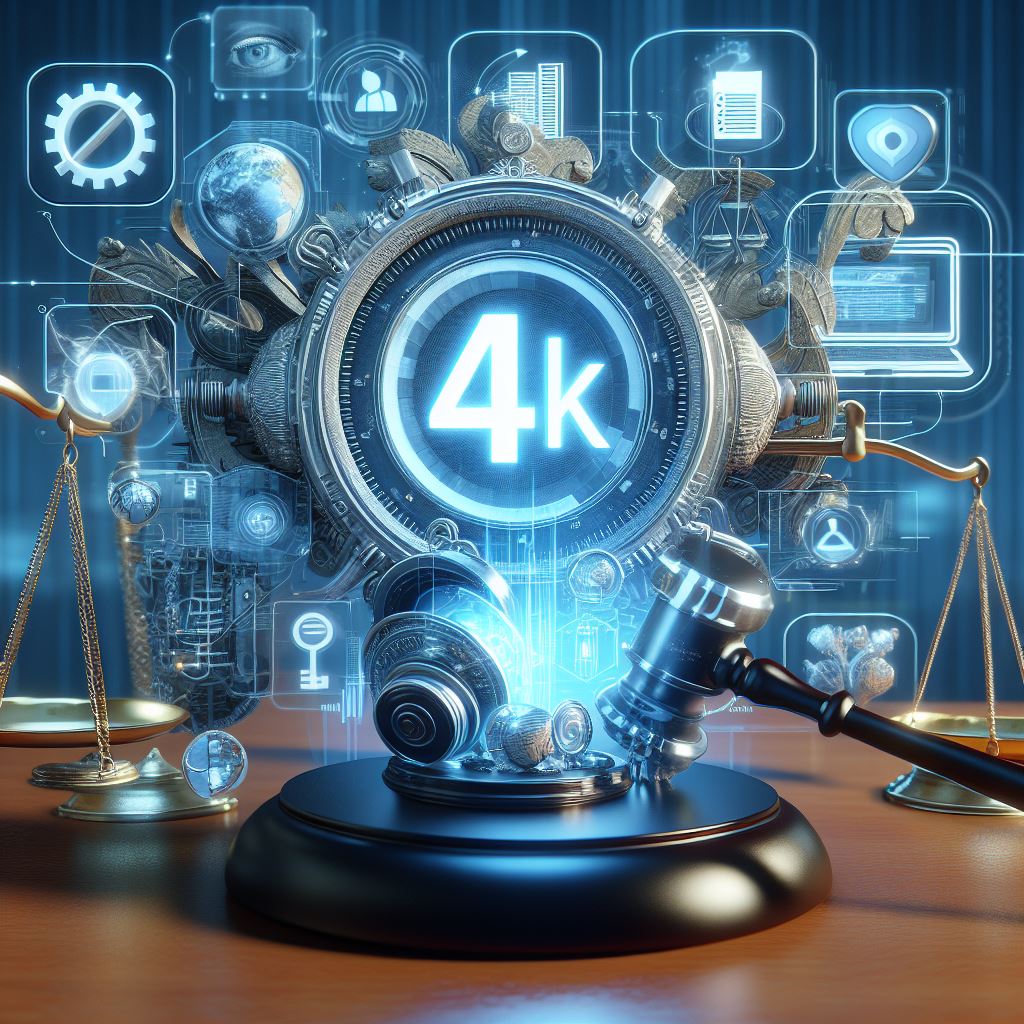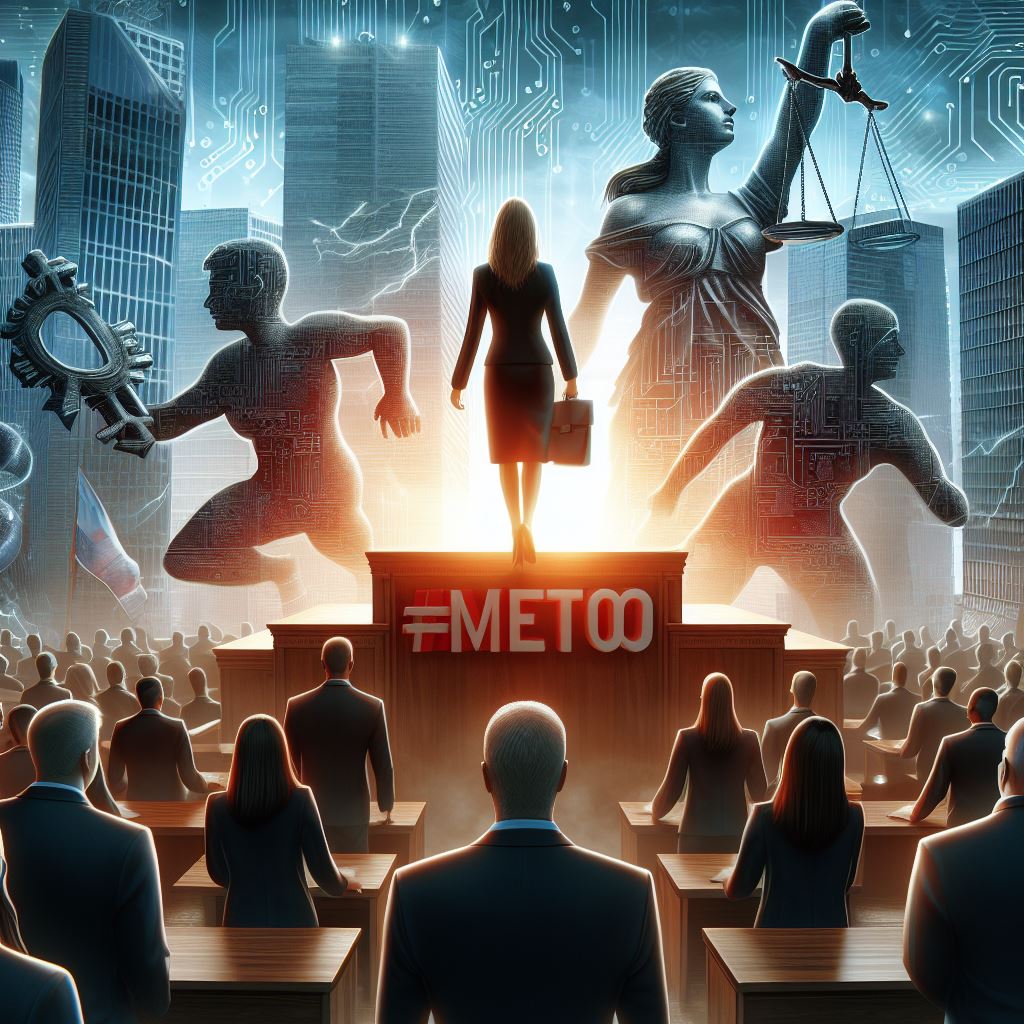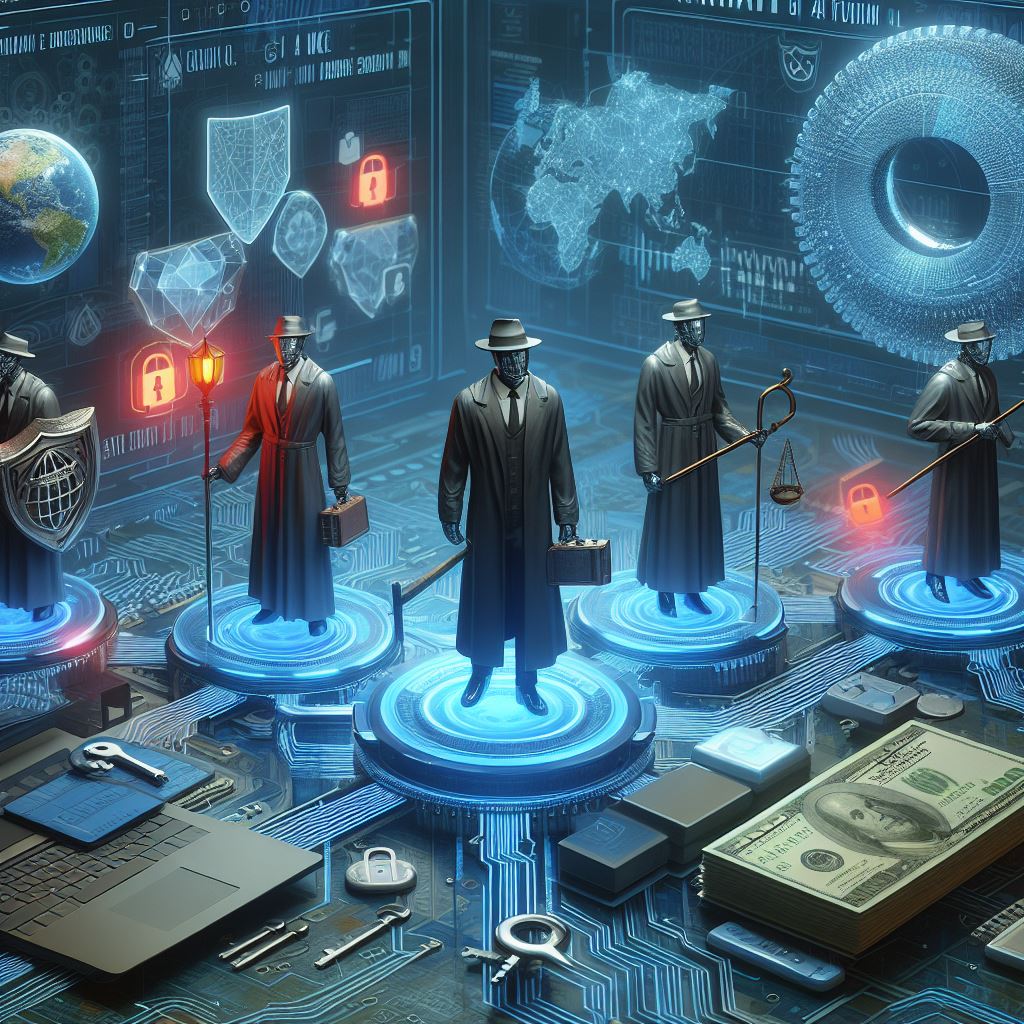Legal Design: The Art of Crafting User-Centric Legal Experiences
In a world where legal complexities can be as labyrinthine as the plot of a classic whodunit, the role of legal design becomes ever more crucial. Legal design is the beacon that guides users through the murky waters of legal jargon and convoluted processes, transforming the user experience from bewildering to enlightening.
Introduction: The Dawn of Legal Design
Imagine a legal landscape that is not only navigable but also engaging. This is the vision of legal design, a discipline that applies design thinking to the legal field to create experiences that are both intuitive and empowering for the user1. It’s about reimagining the delivery of legal services and information in a way that resonates with the human behind the screen or the document.
The Pillars of Legal Design
- User-Centricity: At its core, legal design places the user’s needs and experiences at the forefront2.
- Simplification: It seeks to demystify legal language and procedures, making them accessible to all1.
Revolutionizing Legal Documents
- Contracts Reimagined: Contracts are no longer dense blocks of text but become clear, visually engaging agreements that parties can understand at a glance2.
- Policies with Clarity: Terms of service and privacy policies shed their cryptic skins to emerge as transparent guides that users can trust1.
Digital Transformation in Legal Services
- Online Platforms: Legal design reshapes online platforms, ensuring that they are not just functional but also a pleasure to use1.
- Visual Communication: Infographics and icons replace lengthy explanations, conveying complex legal concepts through the universal language of visuals1.
Legal Design in Action
- Case Studies: From law firms to in-house legal departments, examples abound of legal design enhancing client satisfaction and operational efficiency1.
- Workshops and Sprints: Legal teams engage in design thinking workshops, fostering a culture of innovation and collaboration2.
Challenges on the Horizon
- Precision vs. Clarity: Legal design navigates the delicate balance between simplifying content and maintaining legal accuracy1.
- Adoption and Adaptation: While the benefits are clear, the legal industry must overcome its traditional resistance to embrace this new approach1.
The Future of Legal Design
- Predictive Legal Services: Leveraging data analytics, legal design will offer predictive insights, tailoring services to individual user needs1.
- Global Legal UX: As legal issues become increasingly transnational, legal design will play a pivotal role in creating a seamless global user experience1.
Conclusion: Embracing the Legal Design Revolution
The role of legal design in improving user experiences is not just about aesthetics; it’s about functionality, efficiency, and, most importantly, justice. By embracing legal design, the legal industry can ensure that it not only keeps pace with the digital revolution but leads the charge in user-centric innovation.
Call to Action: Join the Legal Design Movement
- For Legal Professionals: Incorporate design thinking into your practice to enhance client experiences.
- For Users: Demand clarity and simplicity in your legal interactions and choose providers who prioritize legal design.
- For Everyone: Recognize the power of design in shaping our understanding of the law and advocate for user-centric legal solutions.
FAQs: Demystifying Legal Design
- Q: How does legal design improve legal documents?
- Q: Can legal design principles be applied to all areas of law?
Legal design is not just a trend; it’s a transformative force that redefines the interface between law and society. It’s time to step into this new era of legal engagement, where the law is not a barrier but a bridge to understanding and empowerment.



